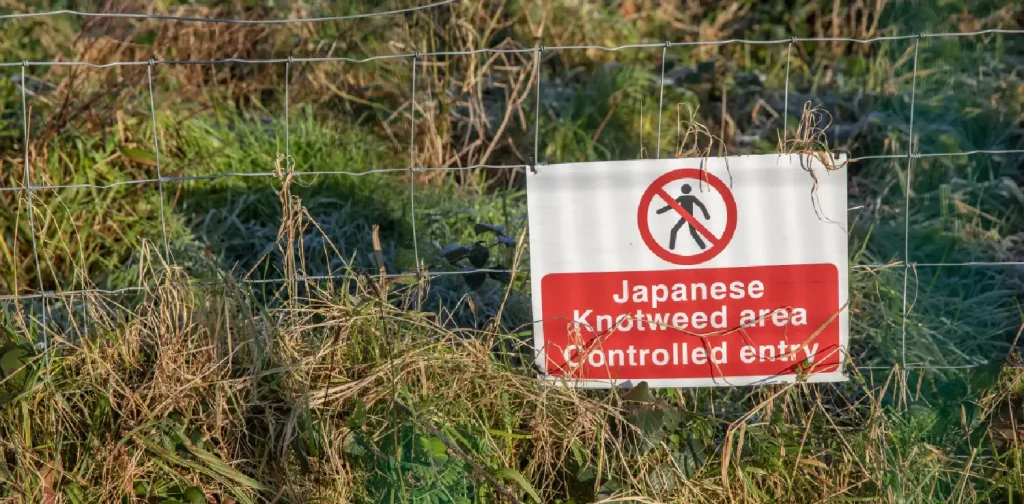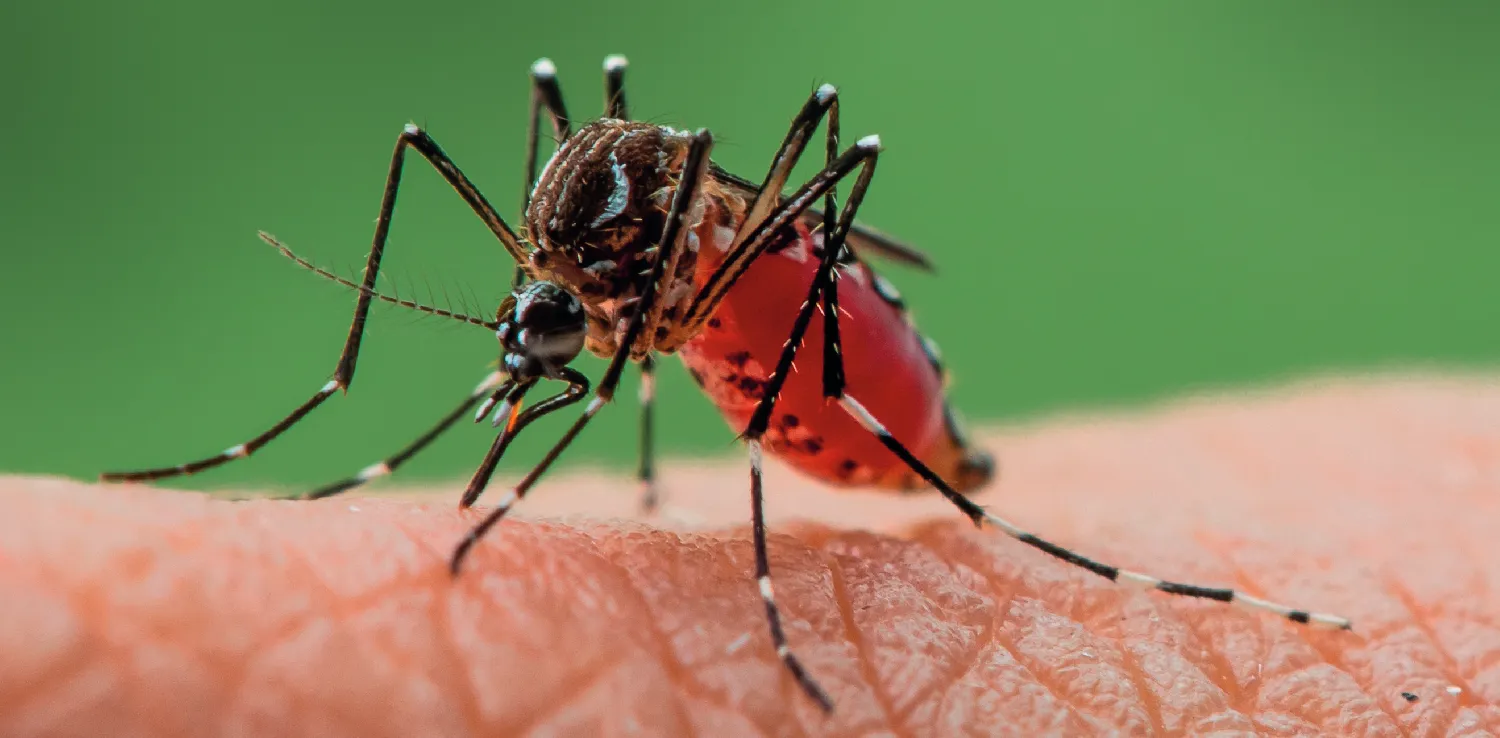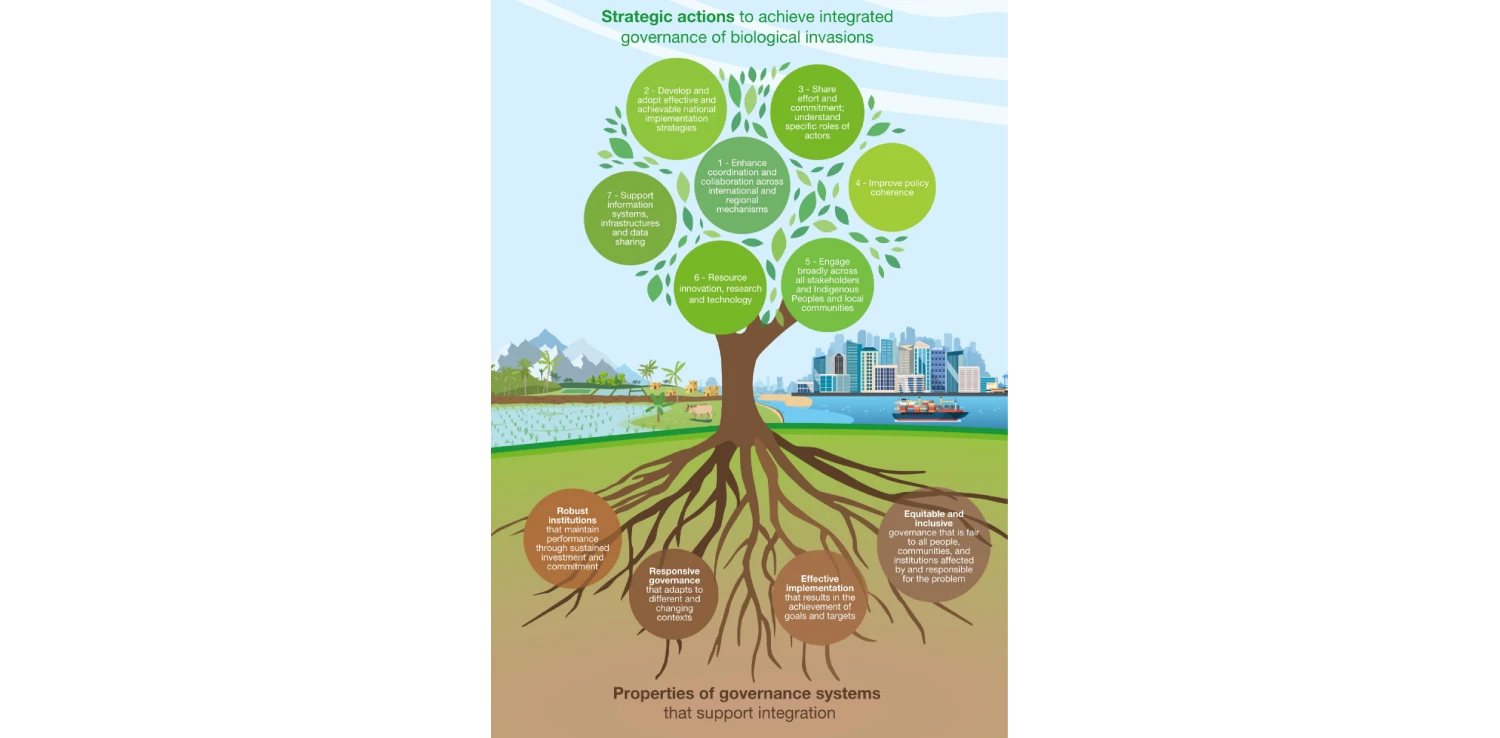The Threat of Invasive Alien Species

An alien invasion sounds like something straight out of a Sci-Fi film. In reality, it’s something that happens to biodiversity on Earth, too. As it gets easier for humans to travel around the world, it also gets easier to bring plants and animals out of their native environment to someplace new, making them an alien species in the new environment. An assessment report by the Intergovernmental Platform on Biodiversity and Ecosystem Services (IPBES) on invasive alien species explores this threat and how to navigate it.
Invasive Alien Species
The IPBES describes “biological invasion” as the transport or movement of a species outside its natural range. This can happen intentionally or unintentionally, by human activities or natural occurrences. When it happens, the newcomer species is called an “alien species”. According to the IPBES, there are over 37,000 alien spaces worldwide, which is now rising at unprecedented rates.
It does not always happen, but an alien species has the opportunity to establish itself in its new space and spread. Once an alien species has produced a viable, self-sustaining population, it is classified as “established alien species”.
Then, there is “invasive alien species”. It’s a classification of established alien species that spreads and has a negative impact on biodiversity. Moreover, it can also impact nature’s contribution to humans. It is recognized as one of the five major drivers of change in nature, along with land- and sea-use change, exploitation of organisms, climate change, and pollution.

Assessment Report
With over 3,500 harmful invasive alien species globally, they have become a serious yet underestimated threat to people, biodiversity, and ecosystems. The Kunming-Montreal Global Biodiversity Framework has a target to reduce the introduction and establishment of priority invasive alien species by at least 50% by 2030. In this light, the IPBES released a report titled Assessment Report on Invasive Alien Species and Their Control in September 2023.
“This is a vital but also very ambitious commitment. The IPBES Invasive Alien Species Report provides the evidence, tools, and options to help make this commitment more achievable,” said IPBES Executive Secretary Dr. Anne Larigauderie.
The report took 86 experts from 49 countries and over four and a half years to complete. The media release says, “It draws on more than 13,000 references, including very significant contributions from Indigenous Peoples and local communities.”
Key Findings
The impacts of biological invasions are global. Geographically, the spread is 34% from the Americas, 31% from Europe and Central Asia, 25% from Asia and the Pacific, and 7% from Africa. Still, not all alien species become invasive. However, while many were introduced with good intentions to benefit people, the negative impacts of those that become invasive are massive, sometimes fatal.
“Invasive alien species have been a major factor in 60%, and the only driver in 16% of global animal and plant extinctions that we have recorded, and at least 218 invasive alien species have been responsible for more than 1,200 local extinctions. In fact, 85% of the impacts of biological invasions on native species are negative,” said Anibal Pauchard, co-chair of the Assessment Report.
Moreover, people with direct dependence on nature, such as Indigenous Peoples and local communities, face greater risk. The report found more than 2,300 invasive alien species on lands under the stewardship of Indigenous Peoples, threats to their quality of life and even cultural identities.

Some examples of invasive alien species and their impacts are:
- Pacific Oysters (Magallana gigas) that change ecosystems by transforming their habitats, affecting native species.
- Caribbean false mussels (Mytilopsis sallei) that damage food supplies for locally essential fishery resources in India.
- Mosquito species like Aedes albopictus and Aedes aegyptii that spread malaria, Zika, and West Nile Fever.
- Water hyacinths (Pontederia crassipes), the world’s most widespread invasive alien species, that cause the depletion of tilapia in Lake Victoria, damaging the livelihood of local communities.
Besides its toll on nature and people, invasive species also have an enormous global economic cost. In 2019, it exceeded $423 billion. The report warns that it might get worse.
“The accelerating global economy, intensified and expanded land- and sea-use change, as well as demographic changes are likely to lead to increases in invasive alien species worldwide. Even without the introduction of new alien species, already established alien species will continue to expand their ranges and spread to new countries and regions. Climate change will make the situation even worse,” warned Helen Roy, co-chair of the Assessment Report.
Managing Invasive Alien Species
National governments worldwide need to step up their response to this threat. The report found that while 80% of countries have targets related to managing invasive alien species, only 17% have laws or regulations specifically addressing these issues.
“The good news is that, for almost every context and situation, there are management tools, governance options, and targeted actions that really work,” said Pauchard. “Prevention is absolutely the best, most cost-effective option – but eradication, containment, and control are also effective in specific contexts. Ecosystem restoration can also improve the results of management actions and increase the resistance of ecosystems to future invasive alien species.”
The report explores key options for managing invasive alien species. One of them is the integrated governance system, summarized below:

All efforts to navigate this rising threat require robust, equitable, and inclusive collaborations. Scientists, experts, policymakers, businesses, local communities, and Indigenous Peoples across borders must engage one another to create and implement necessary action plans to manage invasive alien species globally.
Read the report here.

Join Green Network Asia Membership
Amidst today’s increasingly complex global challenges, equipping yourself, team, and communities with interdisciplinary and cross-sectoral insights on sustainability-related issues and sustainable development is no longer optional — it is a strategic necessity to stay ahead and stay relevant.
Join Now

 Weaving the Thread Between the Last Elephant and the Floods in Sumatra
Weaving the Thread Between the Last Elephant and the Floods in Sumatra  Bringing Buried Rivers Back to Life Through Daylighting
Bringing Buried Rivers Back to Life Through Daylighting  Prescribing Beyond Profit for CEOs’ Anxiety
Prescribing Beyond Profit for CEOs’ Anxiety  An Interview with May Tan-Mullins, CEO and Provost of University of Reading Malaysia
An Interview with May Tan-Mullins, CEO and Provost of University of Reading Malaysia  An Interview with Eu Chin Fen, CEO of Frasers Hospitality
An Interview with Eu Chin Fen, CEO of Frasers Hospitality  The UK Government’s Funding Package Plan to Tackle Youth Unemployment
The UK Government’s Funding Package Plan to Tackle Youth Unemployment